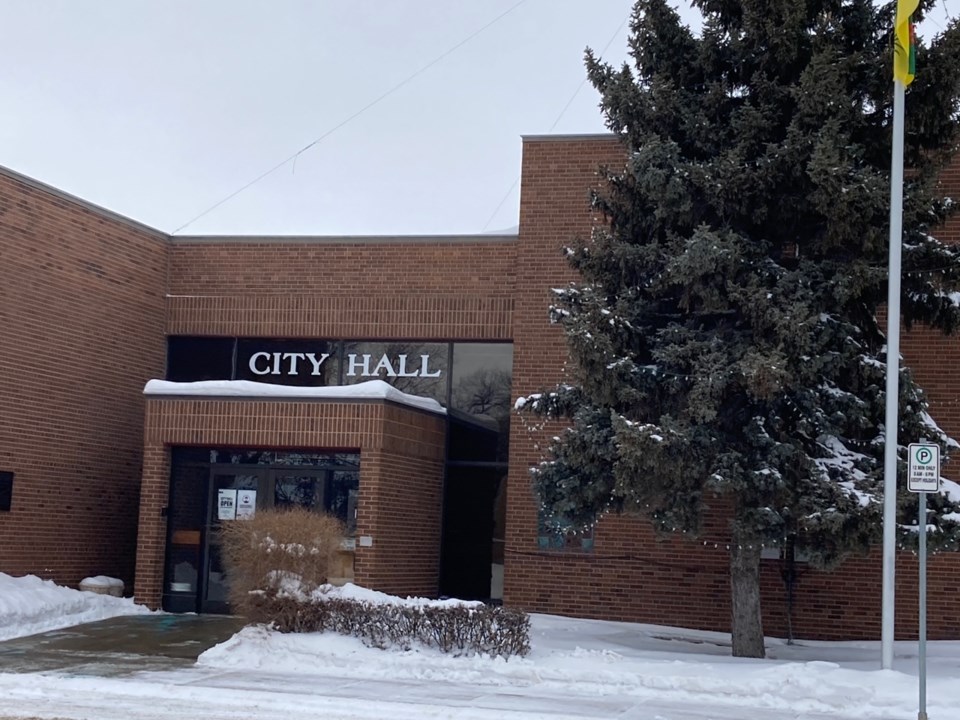ESTEVAN - Estevan city council is moving forward with a pilot project as it grapples with looming changes that would affect the future of the wastewater treatment plant.
Council approved the initiative at its March 13 meeting. The pilot project will test out subsurface wetlands for the water treatment process.
Shane Bucsis, the manager of the city’s water and wastewater treatment plants, said one option for the subsurface wetlands has a cost of $35 million but with lower annual operating and maintenance costs than the current system, while the other has a forecasted capital expense of $17 million but would cost slightly more for operations and maintenance.
The subsurface wetland concept is currently under construction in Alberta, tendering in B.C., and operational in Yukon and Montana. Bucsis said the approval process in Saskatchewan requires the system to be proven to operate in this climate.
The cost to set up a trial system would be approximately $400,000, he said. The city can apply for a grant through the Federation of Canadian Municipalities that has a high success of covering 50 to 80 per cent of the costs.
If this pilot was done somewhere else, Bucsis said the city would still need to do a test plant to figure out the sizing of the wetlands for Estevan’s process if the city chooses to go in this direction.
Currently, the only approved option in Saskatchewan for the city is a membrane bioreactor (MBR) that would run a projected cost of $45 million, with much higher operating costs.
Ever since the wastewater treatment plant opened in 1996, the plant’s effluent has been used as boiler feed water at the Shand Power Station after going through the wetlands. Through this agreement, the city doesn’t release any wastewater into the environment. But with the potential shutdown of the Shand Power Station at the end of the decade, the city wouldn’t have this option any longer, so the effluent would have to be released into the Souris River, with much stricter standards.
Magna Engineering was contracted to do a feasibility study of the potential replacement or major upgrades to the current wastewater treatment plant. Jennifer Massig, the CEO and a senior engineer with Magna, delivered a speech to council before members made their decision.
The pilot authorization would begin in the spring, and construction could begin in the late spring or early summer. The process will be completed with the Water Security Agency. By fall, Massig said they would have a really good idea of how the system works in Estevan, what the changes might look like, how much they can shrink the footprint and more.
During the process, detailed design can begin, so the whole detailed design package could be submitted after 12 months. It would allow for the earliest possible date for construction to begin.
Mayor Roy Ludwig said the city looks forward to working in a partnership with Magna and the Water Security Agency.
Bucsis made a presentation to city council at the Feb. 27 meeting on the potential challenges facing the city. An open house was held on March 6 and 7.
“A local company came and suggested we use their potential products as a part of the solution,” said Bucsis. “I let them know that I am open to anything, but it would need to be approved by the
Water Security Agency and not affect our current operations. I will work with them to see if there are viable additions to the process.
“There was no negative feedback, and everyone seemed to understand the potential value of seeing if the wetlands would be a solution.”
Bucsis said once the city starts construction, or if rate increases are needed, then he expects more feedback at that time.



